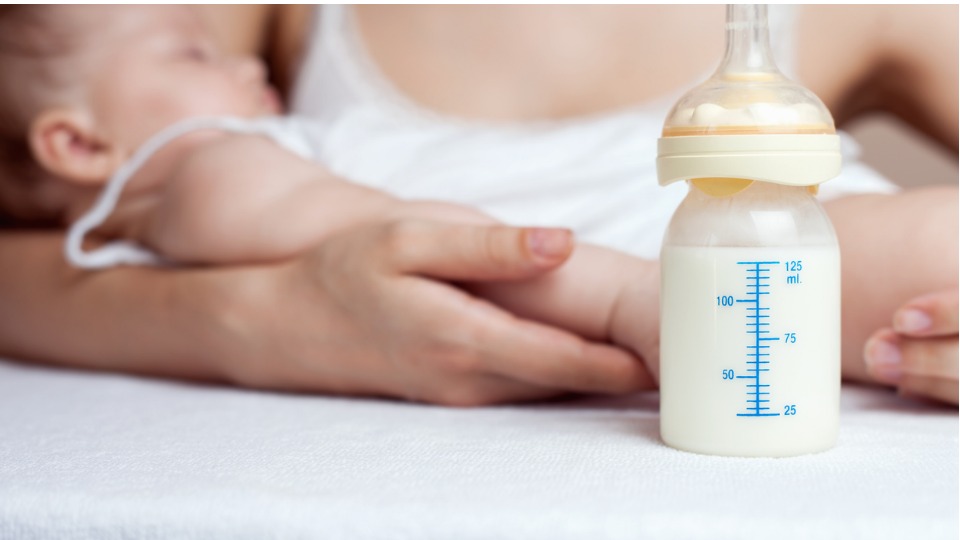
Only 46% pregnant, lactating mothers receive take home ration under nutrition programme

Despite a high enrolment rate of 78 per cent, only 46 per cent pregnant and lactating women received Take Home Ration under the supplementary nutrition programme, according to a survey conducted by the NITI Aayog in 27 districts.
The survey also found that of the 64 per cent eligible children registered with Anganwadi services, only 17 per cent received a hot cooked meal in a day. In order to deal with the situation, the NITI Aayog recommended expediting release of community-based management of acute malnutrition (CMAM) guidelines by the Health Ministry and filling up of vacant positions under Aanganwadi services at various levels in states and Union Territories.
Using the CMAM method, malnourished children receive treatment suited to their nutritional and medical needs. Alok Kumar, Advisor (H&N), NITI Aayog also talked about operationalisation of First Referral Units (FRUs), and changing health seeking behaviours of people with the help of community leaders and faith influencers. Kumar presented the highlights on quality and coverage issues based on learnings from the survey conducted in 27 districts during the seventh meeting of the executive committee of the Poshan Abhiyaan held in June.
According to the minutes of the meeting accessed by PTI, the survey was done with a special focus on aspirational districts of eight states, including Assam, Bihar, Rajasthan, Orissa and Uttar Pradesh, in the seventh meeting of the executive committee of the Poshan Abhiyaan held in June. The meeting was chaired by the Women and Child Development Ministry and saw participation from representatives from NITI Aayog, the panchayati raj and new and renewable energy ministries and the National Institute of Health and Family Welfare.
“Under the ICDS Supplementary Nutrition Programme (SNP), against the high enrolment of 78 per cent, only 46 per cent pregnant and lactating women receive Take Home Ration (THR) that too for an average of 13 days,” the survey found. Supplementary nutrition is one of the six services provided under the Integrated Child Development Services (ICDS) Scheme which is primarily designed to bridge the gap between the recommended dietary allowance and the average daily intake.
Supplementary Nutrition is given to the children (6 months 6 years) and pregnant and lactating mothers under the ICDS Scheme. The survey had focused on 15 interventions under four key themes (community engagement, facility transformation, capacity building, and effective scheme implementation). It included ante natal care (ANC), institutional deliveries, child health and nutrition and child health services.
“While there has been a statistically significant improvement in ANC, early ANC registration, institutional deliveries, early breast feeding and treatment with ORS and zinc during diarrhoea among children less than five years, other variables have shown statistically non-significant change,” the survey said, as quoted in the minutes of the meeting.
The survey found that on quality of ANC services, majority of women reported either no or inadequate number of services being provided. “With regard to breast feeding practices, while districts in Assam, Bihar & Odisha demonstrate substantial improvements in early breastfeeding, the districts in UP did not demonstrate commensurate improvements in early breastfeeding,” the survey noted.
The districts in Assam, Bihar, Rajasthan and Uttar Pradesh were strong performers in improving Zinc treatment for diarrheal children, the survey said. One of the recommendations of the NITI Aayog included filling up of vacancies in Anganwadis. According to official figures, over 2 lakh posts are lying vacant at various anganwadis across the country. As many as 14,188 posts of supervisors are lying vacant while 97,080 posts of Anganwadi workers and 97,893 posts of Anganwadi helpers are lying vacant.


